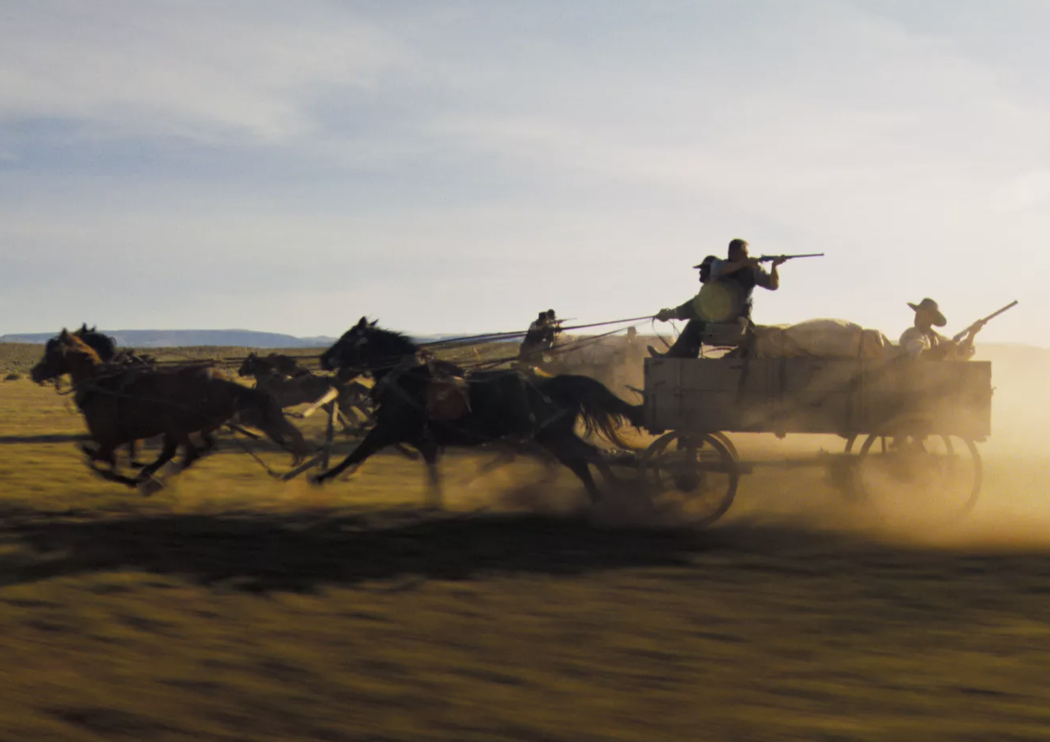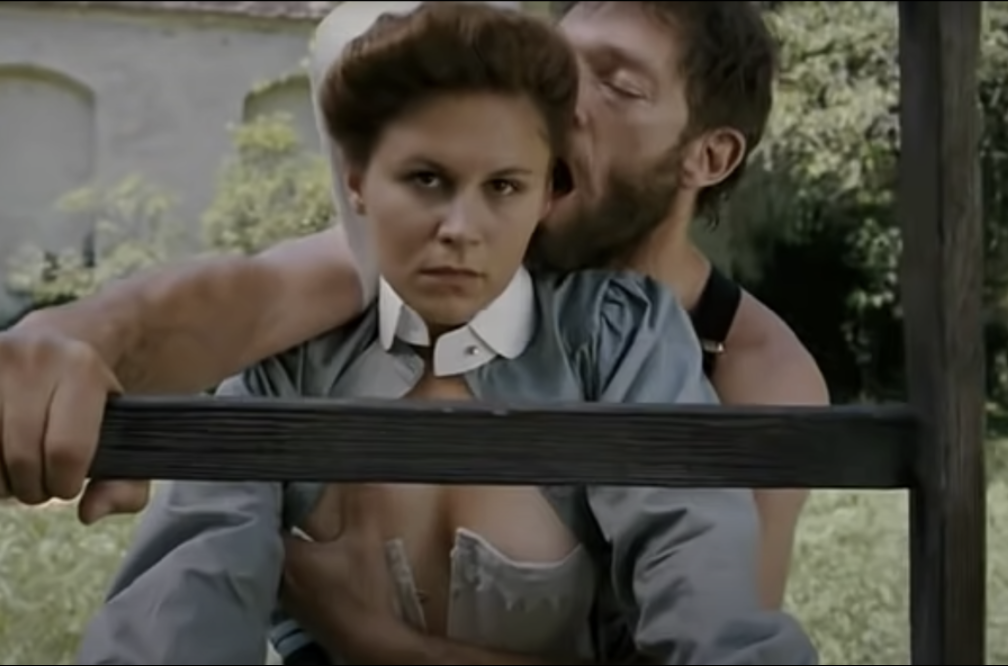Why have so few critics tuned into the political/war metaphor in How To Train Your Dragon? It seems obvious as hell to me, and yet the ones I’ve read have steered clear, perhaps feeling that it’s somehow inappropriate to mention our Middle East conflict when discussing a family film. And yet the filmmakers had no problem weaving in a pronounced lefty-peacenik message about understanding your enemy and getting past the knee-jerk instinct to draw swords etc.
Not mentioning this is like reviewing Gone With The Wind and not saying it’s basically a Great Depression metaphor that praises tenacity and gumption.
The only critic who seems to have spotted the liberal Dragon metaphor (besides myself) is the New York Post‘s Kyle Smith. He’s riled by it, being of an apparent conservative bent, but at last he’s discussed it.
“One interesting aspect of the movie, apart from the design, is that it puts so much effort into projecting a moral,” Smith writes. “Hiccup begins to think about a different approach to dragon-human relations. Shouldn’t the dragon wars stop? Shouldn’t we all live together in a warm, friendly human-dragon commune? Hiccup tells the dragons, ‘Everything we know about you guys is wrong‘ and believes the beasts are not killers — ‘They defend themselves, that’s all.'”
“Of his own folk, he says, ‘The food that grows here is tough and tasteless — the people, even more so.’
“Hurrah for all this. Really, it’s never too soon to get your kids to accept that their own culture is pathetic — and that the alien one their society is at perpetual war with is really friendly, peace-loving and misunderstood. Hiccup may not be much of a dragon-slayer but in the sequel maybe he’ll go on to a brilliant career in the State Department.”
Here’s how I put it:
“How To Train Your Dragon is quite pronounced in its liberal metaphorical messaging. The core theme is the saga of the young finding their own way — about the young minds of a Viking tribe standing up for their own beliefs and defying traditional ways. But it’s also Avatar-like in that it’s about (a) befriending the supposed ‘enemy’ and (b) thereby breaking the bonds of an age-old warfare tradition — i.e., in order to be ‘proud Vikings’ (i.e., good Americans) we must defeat and destroy those who threaten us.
“The proverbial baddies were alluded to in Richard Lester‘s How I Won The War as the ‘wily pathan,’ and if you let your mind go you could view the dragons as a metaphor for ‘them’ — i.e., terrorists, Islamic fundamentalists, those who would attack and kill us.
“In line with this, the big super-dragon which all the smaller dragons serve could be seen as Islamic jihad, the theology of martyrdom, radical fundamentalism, etc. The super-beast, the film is saying, is the real enemy because left to their own devices the regular dragons are actually fairly cool pets (i.e., just like the big screeching lizard birds the Na’vi flew around on in Avatar) who respond to petting and training and whatnot.”













